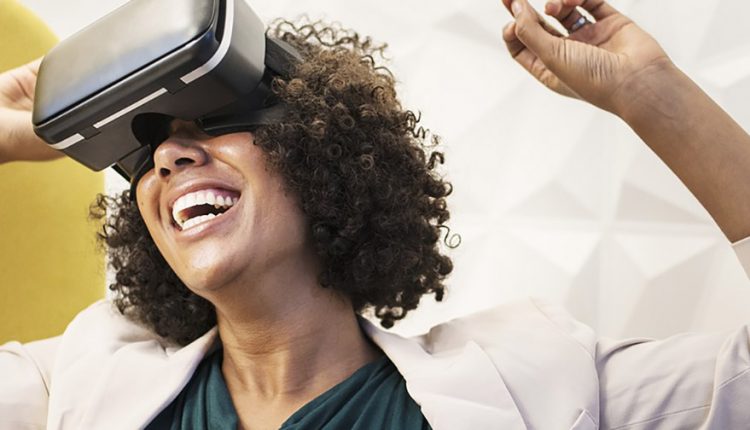VRgineers, have announced a new lightweight augmented reality vision and tracking module for its XTAL VR headset, making XTAL the most advanced mixed reality (MR) system ever created, and the only enterprise-grade MR system capable of total immersion.
Weighing in at only 42 grams, VRgineers’ new augmented reality module features high-quality camera sensors with wide lenses for a natural and immersive 360° field-of-view, and adds hand tracking, inside out tracking, and virtual and augmented reality switching to XTAL’s broad list of capabilities.
For the first time ever, XTAL customers can see their own hands interact with real objects in the virtual world.
Currently, XTAL utilizes LEAP Motion tracking that allows customers to utilize gesture control and hand tracking in their VR applications. VRgineers’ new module maintains the benefits afforded by the LEAP Motion system for purely VR applications, but expands upon those features for mixed reality applications by combining elements of the physical and virtual world into an immersive, natural experience.
With VRgineers’ new AR module, XTAL users will be able to experience natural hands-on interaction with real-world things, like fighter jet cockpits or vehicle dashboard prototypes, while a realistic virtual world is created around them and the physical objects.
One of the most unique features afforded by the new AR module prototype for XTAL is inside out tracking, which is a method of positional tracking commonly used in virtual reality technologies, specifically for tracking the position of head-mounted displays (HMDs) and motion controller accessories.
It differentiates itself from outside-in tracking by the location of the cameras and other sensors that are used to determine objects’ positions in space. With inside-out positional tracking, the sensors are located on the device being tracked, whereas outside-in tracking places the sensors at stationary external locations.
Why have inside-out tracking?
Inside-out tracking technology allows XTAL to provide an impressive AR experience in all environments, even those with limited space, such as in a simulator or cockpit. However, VRgineers hasn’t written-off outside-in tracking. In fact, VRgineers will allow data fusion of both tracking methods in order to maximize positional accuracy in large studios or HoloDeck environments.
Partners that have been conducting ongoing research and development with VRgineers, will be among the first to gain access to beta version of VRgineers’ new AR module for XTAL later this year. Those partners will contain mix of companies from aerospace, automotive and simulation market segments and will have the unique opportunity to be a part of the company’s expanded testing, helping to further enhance the performance and capabilities of the XTAL system.

